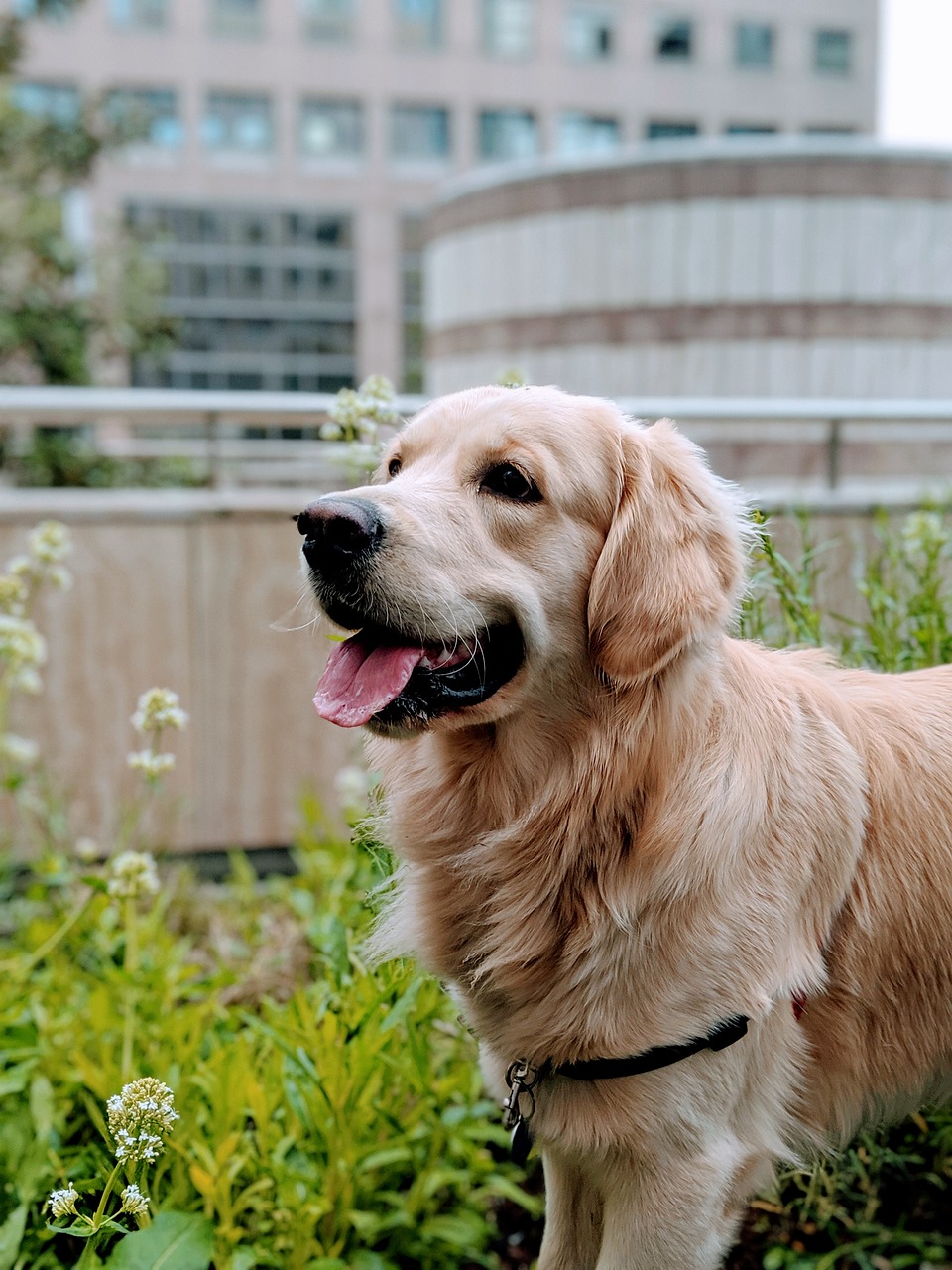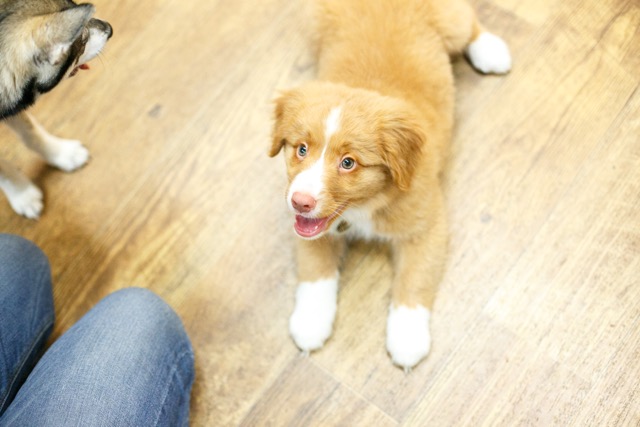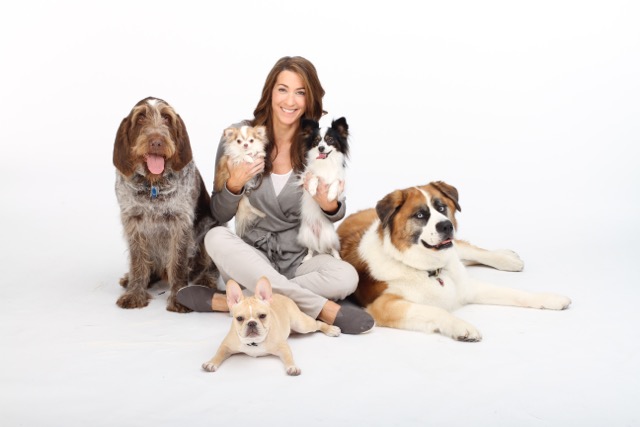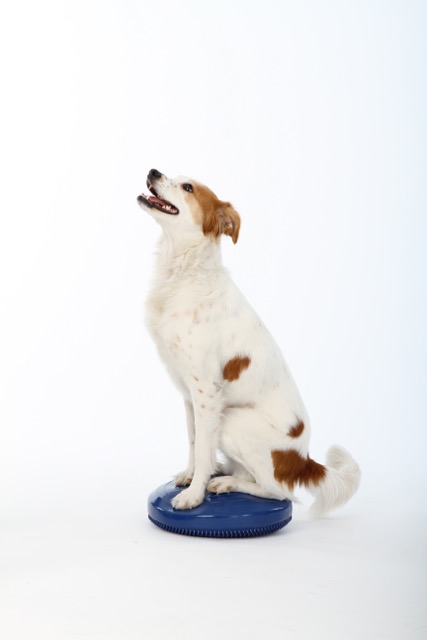
Best Dog-Friendly Parks in New York City
Introduction
New York City has a wealth of beautiful parks, green spaces, and walkways to enhance the lives of its residents, human and canine alike. City parks provide an oasis to escape the hustle and bustle, heat, and chaos of the concrete jungle. These precious areas are often overlooked and unknown to people; that is, until they get a dog.
Many of our clients comment that they really didn’t seek out or take advantage of city parks and walkways until they added a dog to their family, whose needs they needed to make an effort to meet. It goes without question that having a dog in New York City, albeit challenging, enhances the quality of the humans life. The needs of the dog encourage the person to take a walk, find peaceful and friendly places to hang out, spend some time outdoors; activities which add to a healthier mental and physical life style for the city dweller.
Schooling for Urban Canines
Having a well behaved dog, allows us to experience and take advantage of all the great options available to us in the big city. But having a well behaved urban dog you can feel confident taking out and about requires a time commitment to basic manners training, socialization, and habitation. Whether you have a new puppy, a new rescue/shelter pet in its adolescent or adult life stage, or a dog you have had awhile that could use some behavorial training and modification, working with a positive dog trainer is always a good start. Your long term goal may be to have a dog that walks easily through a crowd with confidence, a dog who is friendly but greets people politely, and/or a dog that can enjoy off leash hours in a safe park because they get along well with others and return to you reliably every time you ask them to. To achieve this level of responsiveness in a distracting environment we must first get our dogs trained in an environment that they can focus on learning new skills. A person would have a hard time doing, let alone learning how to do math equations at a street fair. The best environments to start dog training are in the dog’s home and in a dog training classroom designed for teaching and learning.
Home Sweet Home
The dog’s home is a place where they feel secure and can readily settle into a neutral area to learn training skills from you such as : sit, down, hand-targeting, name recognition, paying attention and giving you eye contact, even walking on leash. For a young puppy, or a new rescue dog that may be a bit curious or fearful, doing in-home private training with a reward based dog trainer is a wonderful place to begin to teach your dog the skills they will need to be successful in the more demanding urban environment. In-home training gives you and your dog the chance to learn the basics so you can then take those skills out on the road.
Off to School Together
The next step in your dog’s education is enrolling in a group class. The group class experience has many advantages. For starters, you need to get there, so a walk, taxi ride, or an adventure on the subway will add to you dog’s education. The classroom provides the orchestrated as well as built in distractions of your pooch being in a room with other dogs and other people, all trying to work surrounded by stimuli. The course instructor will arrange for distractions to be controlled so your dog can be successful. Of enormous value is your dog having the opportunity
to practice meeting friendly strangers that will actually help you teach your dog how to greet politely as opposed to sabotage your training efforts by letting your dog mouth and jump on them.
Your dog will also develop the skill of being around, but not greeting or playing with dogs unless being given permission. You and your dog will encounter many dogs on a daily basis while walking through your neighborhood. Being able to see a dog and simply walk by without greeting, playing, stressing out, or barking and growling is a must for the urban dog.
There are many dog training courses and advanced levels you and your dog can take if you are motivated to do so. Start with a puppy kindergarten style class and puppy playgroups designed with appropriate play skill development in mind. Or if your dog is older, an adolescent/adult basic manners training class would be right for you. You may consider a small dog training course, intermediate, and advance classes. Even agility and tricks classes can contribute to you and your dog enjoying your time together hustling and bustling around the city, because these speciality classes improve your skills as your dogs teacher, your dogs ability to learn, and enhances the bond you share with one another.
Exposure – Socialize Don’t Traumatize
Another equally, perhaps more important factor in your dog’s education if you want them to thrive in New York City, is devoting ongoing time well-spent addressing positive exposure to people, places, and things. Introducing your dog to the many sights and sounds of the city is called socialization and habituation. Ideally, socialization and habituation should happen early in and throughout puppyhood while the brain is most open minded and receptive to new things; less prone to fearfulness. This does not, however, mean that if we have a dog in the city that did not have the advantage of early socialization that we do not take on the challenge. Our approach would simply need to be more mindful, may take more time, and possibly require the guidance of a professional dog trainer experienced in using positive conditioning and counter-conditioning techniques to help your dog become more comfortable and secure in their city environment.
Bringing the Classroom Outdoors
Now that you and your dog have many of your basics underway, you have behavioral tools at your disposal to call upon when advancing your dogs training in distracting environments. In all likelihood, you have already been bringing your dog outside for potty breaks and exercise walks, so there may be some habits that will take time to replace with more desirable skills. You can begin to sprinkle manners training skills into your walks such as:
- Sitting at doorways and curbs.
- Learning a release word such as “ok.”
- Making eye contact with you before going through doorways, exiting elevator, crossing the street.
- Periodically asking your dog to respond to their name, sit on cue, hand target.
Going to one of the many dog friendly parks in New York City to master your dogs training skills is an excellent choice, as parks provide many suitable training spots and opportunities to work with your dog on skills you will want them to have to truly be able to thrive in a city environment. Here are a few training activities and exercises you can do with your dog using New York City Public Parks as your dog training classroom:
- Practice loose leash walking skills along park pathways.
- Allow for a more relaxed walking style that includes sniffing and exploring while maintaining a loose leash, practicing name recognition/eye contact intermittently, and hand-targeting to get your dog back to your side when asked.
- Work on your dog automatically (or when cued) sitting at your side when you stop walking – sometime referred to as step, stop, sit.
- Sit on a bench and practice some basic cues like sit, down, stand, hand-target, and any tricks your dog may know so your dog learns to be responsive to cues in novel environments. Change your location and repeat practicing your dog’s repertoire in new places.
Expect your dogs responses to be sub par to how well they perform at home, on their usual walking route, and at the dog training school. Be ready to get and reward kindergarten versions of the things you thought they did well. It is normal for them to need to work up to perfect behavior when they are in a new, distracting, and novel environment.
Take the time to isolated your dogs basic manners training goals and the need to work on socialization and habituation exercises. It will be easier and more effective for you and your dog to positively condition your dog to feel comfortable and relaxed around all sorts of stimuli when you are not trying to teach them how to walk nicely on a leash. This is especially true for the many dogs that get extremely excited or worried when they see another dog, things on wheels, or people behaving oddly.
Just sit or stand near a pathway; pair park visitor activities with tasty treats. You can adjust your proximity to the thing or activity so as to make the exercises manageable for your dog. Think of it as adjusting the volume on a radio. In this case, you are adjusting the intensity of the stimuli you want your dog to be calm and responsive to you around. A good test to see if you are too close is to simply offer your dog a treat they would normally be excited to eat. If your dog eats it, great, you can potentially move forward or ask them to do some basic behaviors in the presence of the distraction. If your dog ignores the treat, you are too close. Your dog is too excited, in a good/happy or bad/fearful way. Either way, the goal is to teach our dog to always be able to pay attention to us and comply to our requests. A dog that is generally responsive to their owner will get to go more places and have more freedom,. They will have a fuller life.
Typical sights and sounds you will encounter in New York City Public Parks, walking paths, and even sidewalks are well worth investing the time to expose your dog to doing positive training and socialization sessions. These things may include:
- Children
- All things children – strollers, scooters, skates, bicycles, loud young voices, balloons, kids park parties.
- Dogs, small dogs, big dogs, calm dogs, bouncy barky dogs – you get the idea.
- Enclosed dog parks
- Food trucks
- Rolling suitcases, shopping carts, electric scooters, hand trucks, wheelchairs – anything on wheels
- Umbrellas big and small
- People of all sizes, shapes, genders, ethnicities, and ages. Wearing all sorts of clothes and costumes, crutches and canes
- Loud noises such trucks, cars, poppers, people shouting for joy and yelling in anger, music, etc.
The list goes on.
What Makes the Best New York City Parks For Dog Training
The criteria for a good dog training park depends on what you want to focus on. Every dog friendly park will have some spots ideal for training and desensitization exercises. Some features making a park suitable for effective dog training in urban parks are:
- Pathways wide enough to create space for you and your dog to walk and work in
- Lawns or grass areas accessible to dogs to enable you to get more distance from activities and things when needed
- Areas to sit and relax and just take in the sights and sounds of the city park activities
- A children designated area, usually a fenced park within the park.
A Dog Park is not a necessary feature for having an effective dog training space in a city park. It can be a great opportunity for guaranteeing you will see dogs coming and going from the dog run during your stroll. In this way it will provide more than enough (if not too much) opportunity to practice having your dog calmly walk by other dogs – a skill any city dog should have. If you are going to bring your dog to dog parks, fenced or otherwise, you will want to have a dog that has exceptional canine social skills, and a dog that listens to you, so you can guarantee its safety and the safety of others. Having an outstanding recall will allow you to get your dog’s attention so you can interrupt play that may be getting too rough, call your dog to you frequently to avoid them checking out and being away from you too long, and be able to leash them up and depart when it time.
There are pros and cons to city dog runs worth contemplating and keeping in mind. Fenced in dog parks designated for the use of pet dogs are a place were dogs can run freely off leash in an outdoor area. They may engage in play with their own kind, play some fetch if toys are allowed in that park, or simply enjoy some outdoor time sniffing and exploring and being pet by friendly strangers and their person. For this to be a mentally and physical fun and healthy experience, the dogs need to be trained well enough to come to their owners when asked. The people also have to be attentive enough to the dogs to observe what is going on and when and if they need to intervene.
Unfortunately the criteria to what makes a fenced in dog park fun and safe for all involved often falls short. There are numerous city dog runs of assorted sizes, shapes, terrain, substrates, features, and degree of cleanliness. There are also many different human and canine personalities composing the scene at any given time. A good tip to those considering taking advantage of the benefits a fenced in city dog park has to offer is check out the scene and the cast of characters before you enter, leave if you or your dog are not entirely comfortable, learn about canine body language and appropriate canine play, and train your dog so you can keep them and others safe to the best of your ability.
Whatever your particular training goals are and areas that you need to focus in on are, one of the best dog friendly spots in NYC to go are the numerous parks, green areas, and assorted outdoors spaces. These areas give dog owners and dogs not just areas to train, but to relax, play, and enjoy their time together. There are too many wonderful dog training spots to attempt to list them all, but here are a few parks with assorted features to give you a sense of the variety, features, and amenities to look for in your neighborhood parks and beyond.
Central Park
Central Park is an enormous and stunning park to explore with or without a dog. It is well known for allowing dogs to run, explore, and play off-leash before 9am and after 9pm while it boasts around 23 specific dog friendly locations. It also has numerous dog water fountains, and restrooms for humans. There are natural areas, woods, fields, sports areas, children play areas, a reservoir, a pond, and views galore. Check out the website and park map to familiarize yourself with this gem in the center of New York City.
Tompkins Square Park
Tompkins Square Park in the East Village became home to New York City’s first dog run in 1990. This beautiful park provides lots of shade, and areas to sit with and train your dog. Amenities for humans like chess tables, an amphitheater, restrooms, and water fountains can also be enjoyed here. The first NYC dog run was renovated in 2008. It now boasts a sandlike surface, a wading pool, picnic tables, tennis balls and lots of room for dogs to ramble, with two separate enclosed spaces for large and small canines.
Washington Square Park
Washington Square Park is on the west side of town in Greenwich Village. This beautiful little park with its Iconic arch and central plaza area is surrounded by large shade trees and benches. Here you will find paths to walk, dog train, and people watch, possibly listen to music and see some dancing. If a dog run is what you are looking for you will have two options here. There is there standard dog run, a popular meeting plane for neighborhood dogs and their human companions. For the littler ones, there is near by Robin Kovary Run. Dog runs reserved for small breed dogs only, provide a safer place for our little ones to interact with each other.
Prospect Park
Prospect Park in Brooklyn is similar in scale, design, beauty, and amenities as Manhattans’’s Central Park. This a beautiful, wide-open space has off-leash hours from 5am to 9am and from 9pm to 1pm. It also has a small dog beach area; a segment of sand is roped off just for dogs to run into the lake water and swim around on hot days.
Riverside Park – Dog Training in Upper West Side
Riverside Park located on the upper west side is one of the most beautiful parks to explore with your canine companion. The tree-lined promenade is gorgeous and provides the perfect amount of shade in the summer. and color display in the fall. The bike and running path along the Hudson brings you right next to the water for a wonderful breeze and breath taking views. The gardens and landscaping throughout the park are lovely and well-kept. There are several dog runs throughout the park, plus off-leash hours from 6:00am-9:00am. Riverside Park also has human amenities and hosts events that include dancing, live music, and other experiences.
Madison Square Park
Madison Square Park located in the Gramercy/Chelsea area may be small but it ticks all the bowes for a great place to walk, train, relax, and socialize your dog. It has walking paths lined with shade trees and benches, water fountains for dogs and humans, a designated children’s play area (great for safely desensitizing your dog to all things children), food trucks, and art exhibits. It also has a popular dog run with an adjacent designated small dog area to keep the little ones safe.
The New City Department of Parks and Recreation website
The New City Department of Parks and Recreation website offers a comprehensive, up-to-date listing of all NYC parks and dog runs in each borough. This is a great resource to finding options in your and other neighborhoods to enjoy with your dog. NYC is a great big city for you and your canine companion to live in and explore together. Have fun taking advantage of all the public parks NYC has to offer you and your dog.
Educate your dog with Andrea Arden and her team.
New York | Los Angeles | Connecticut
Share
- Group Classes
- Private Lessons
- Virtual Training
- Puppy Play Groups
- Puppy Training
- Articles & Advice




